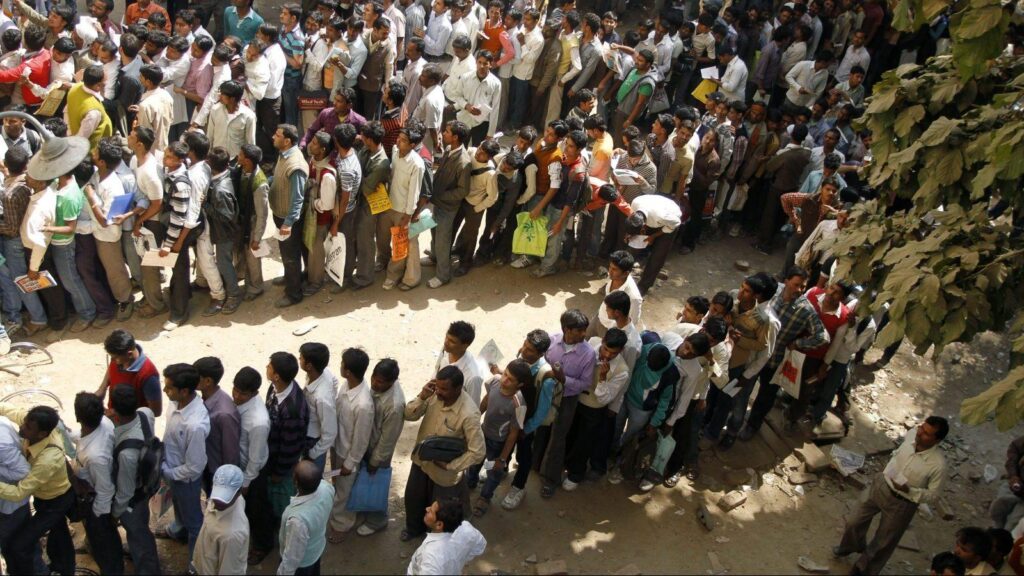Over 10 million Indians have lost their employment as a result of the second wave of Covid-19, and about 97 percent of family incomes have decreased since the epidemic began last year, according to Mahesh Vyas, chief executive of the Centre for Monitoring Indian Economy (CMIE).
According to Vyas, the unemployment rate estimated by the think-tank is projected to be 12% at the end of May, up from 8% in April, implying that around 10 million or 1 crore Indians have lost work during this period.
Vyas stated that the primary cause of employment losses is “mostly the second wave” of Covid-19 infections, and that “as the economy opens up, some of the problem will be rectified, but not fully.”
He noted that those who lose their jobs have a difficult time finding new work, noting that while informal sector occupations return fast, formal sector and higher-quality job chances can take up to a year to return.
Because of the nationwide lockdown, the unemployment rate reached a record high of 23.5% in May 2020. Many analysts believe that the second wave of illnesses has peaked and that governments will gradually begin to lift the economic activity-impacting restrictions in a measured manner.
Vyas went on to say that an unemployment rate of 3-4 percent should be regarded as “normal” for the Indian economy, implying that the unemployment rate will have to fall for a longer period of time before the situation Improves.
He stated that the CMIE undertook a nationwide study of 1.75 lakh homes in April, which revealed concerning trends in income generation during the previous year, which saw two waves of the epidemic.
According to him, just 3% of those questioned reported a gain in income, while 55% reported a decrease in income.
An further 42% of participants indicated their income was the same as it was the previous year.
“When we account for inflation, we discover that 97% of households in the country had a decrease in income during the epidemic,” he said.
He said that the labor participation rate, or the proportion of the working-age population that is in the labor force, has dropped to 40% from 42.5 percent before the epidemic.









